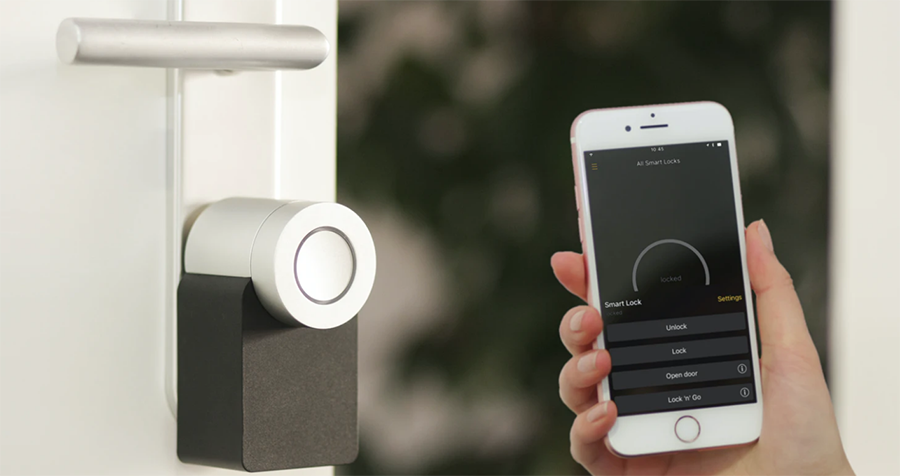The term “order management systems” might not be familiar to everyone, but it is an essential tool for any company that is dedicated to satisfying customer orders. This article provides information and tips on how to choose the best order management system for your company.
What is an Order Management System?
An order management system (OMS) is a software application that helps organizations track and manage orders from beginning to end. It can help identify and resolve order issues, optimize supply chains, and reduce customer service costs.
There are a number of different types of OMSs, like MaGENto, each with its own unique features and benefits. Some common types of OMSs include:
-Order management systems for online stores: These systems allow businesses to keep track of orders in real time, manage inventory levels, and ship products quickly.
-Order management systems for telesales: These systems allow businesses to capture customer information and contact details, manage sales leads, and create custom marketing campaigns.
–Order management systems for manufacturing: These systems help businesses track orders from purchase through delivery.
– Order Management Systems (OLM) are the backbone of the next generation retail business model. OLM’s provide an omnichannel interface that supports all aspects of an eCommerce business including merchandise sourcing/planning/ordering/fulfillment/cancellation; real-time pricing optimization; product life cycle management; consumer engagement across channels including web/app experience; analytics across channels to identify where improvement opportunities exist
The Benefits of Order Management Systems
In today’s business world, order management systems are becoming more and more necessary. By using an order management system, businesses can streamline their processes, reduce their backlogs, and improve their customer service. Here are the top five benefits of order management systems:
1. Improved Processes: Order management systems allow businesses to process orders in a more efficient and organized manner. This allows businesses to reduce their backlogs and free up resources so that they can focus on other tasks.
2. Reduced Queuing Times: Order management systems help to speed up the processing of orders by automating certain tasks such as filling in customer information or tracking inventory levels. This can help to reduce the queuing times for customers, which can be a major benefit for busy businesses.
3. Improved Customer Service: Order management systems can also help to improve customer service by automating certain processes such as tracking returns or stock levels. This ensures that customers receive accurate information about the status of their orders and that problems with orders are quickly resolved.
4. Increased Accuracy: Order management systems also tend to be very accurate, which helps to ensure that businesses receive the correct amount of inventory and that orders are delivered on time. This is a major benefit for companies who rely on tight deadlines for delivery or who need to keep track of stock levels closely.
5. Reduced Costs: Order management systems can also save businesses money by reducing the amount of time that they spend processing orders manually or through
Types of Order Management Systems
There are a variety of types of order management systems, so it’s important to choose the one that fits your business’ needs. Here are four popular types:
1. ERP-based systems: These systems include all the features necessary to manage orders from start to finish, including inventory management, financial tracking, and customer information. They can be expensive, but they offer a lot of advantages.
2. CRM-based systems: These systems focus on customer relations and manage customer data along with order data. They can be more affordable than ERP-based systems and can offer more features, but they may not have as much functionality for managing inventory and finances.
3. POC (point of sale) software: This type of system is used in retail settings to process sales transactions and track inventory levels. It doesn’t have as much functionality as some of the other options, but it’s usually cheaper and easier to use than full-blown ERP or CRM systems.
4. Web-based order management: This type of system is easy to set up and use, but it may not offer as many features or customization options as some of the other options.
How to Find the Best Order Management System for You
If you are looking to streamline your operations and improve customer satisfaction, an order management system is a great tool to use. There are many different systems available, so it can be difficult to decide which one is right for you. This buying guide will help you choose the best order management system for your business.
1. Look at Your Business’ Needs
The first thing you need to do is assess your business’ needs. Do you need a simple order management system that will help you track orders and inventory, or do you need a more comprehensive system that can handle shipping, billing, and other administrative tasks? Is your business big enough that you need a dedicated order management system, or can you use an online platform like Shopify?
2. Consider Your Budget and Time Commitment
Next, consider your budget and time commitment. Do you want a free system or do you want to pay for a more comprehensive option? Are there any additional features that you need? Will installing and using the system be time-consuming or easy?
3. Evaluate the Systems Available on the Market
Once you have answered some of these questions, it’s time to evaluate the systems available on the market. There are plenty of options available, so it’s important to choose one that meets your needs specifically. Some of the most popular order management systems include: Shopify, MaGENto, Bigcommerce, Volusion, and osCommerce among others. It can be hard
How to Use Order Management Systems Effectively
Order management systems are an essential part of any business. They allow businesses to manage their orders from start to finish, ensuring that all orders are processed in a timely manner and that products are delivered in the correct quantity.
There are several different order management systems available on the market, each with its own set of features and advantages. It is important to choose an order management system that will meet your specific needs and requirements.
Some key features to consider when choosing an order management system include:
-Ease of use: The system should be easy to use for both employees and managers.
-Flexibility: The system should be able to handle a variety of orders and transactions.
-Scalability: The system should be able to accommodate growth in the business.
-Data accuracy: The system should ensure accurate data entry and reporting.
Conclusion
Managing orders can be a daunting task, but with the help of an order management system, it can be made much easier. There are many different systems available on the market, so it is important to do your research and find one that best suits your business needs. By using an order management system, you will be able to keep track of all of your orders in one place, as well as manage customer relationships and inventory levels. What order management system are you considering? Let us know in the comments below!










